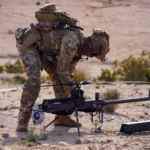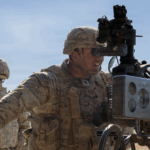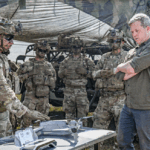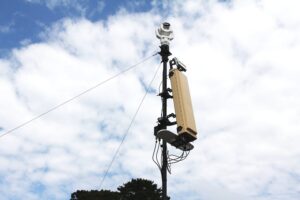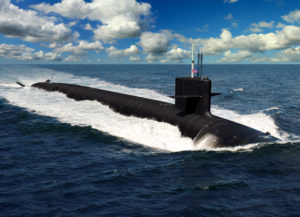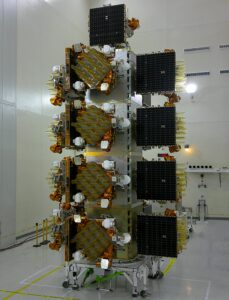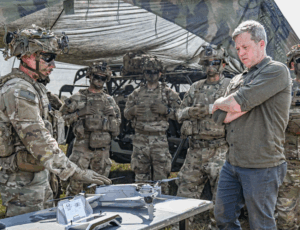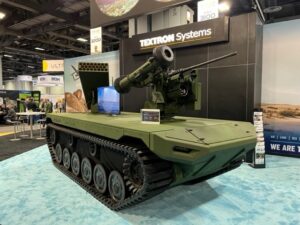
Textron Systems [TXT] has officially submitted a bid offering its Ripsaw M3 platform for the Army’s Robotic Combat Vehicle (RCV) competition, and said it expects a decision on awards for the program’s initial prototype phase in September. After showcasing a technology demonstrator of the Ripsaw M3 at the AUSA conference in Washington, D.C., last October, David Phillips, Textron’s senior vice president for land and sea systems, told Defense Daily the company is already underway building the first two platforms that…

 By
By 